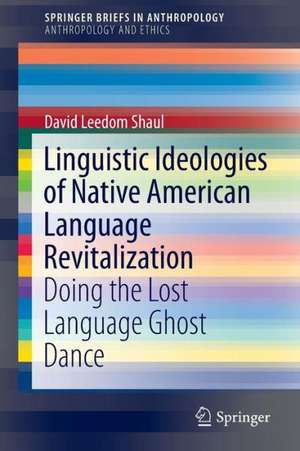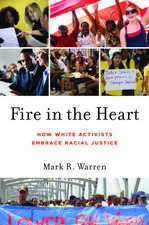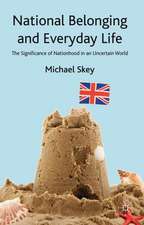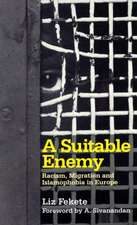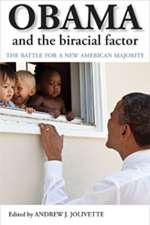Linguistic Ideologies of Native American Language Revitalization: Doing the Lost Language Ghost Dance: SpringerBriefs in Anthropology
Autor David Leedom Shaulen Limba Engleză Paperback – 10 apr 2014
Preț: 408.82 lei
Nou
Puncte Express: 613
Preț estimativ în valută:
78.25€ • 85.03$ • 65.77£
78.25€ • 85.03$ • 65.77£
Carte tipărită la comandă
Livrare economică 22 aprilie-06 mai
Preluare comenzi: 021 569.72.76
Specificații
ISBN-13: 9783319052922
ISBN-10: 3319052926
Pagini: 76
Ilustrații: XIII, 62 p.
Dimensiuni: 155 x 235 x 4 mm
Greutate: 0.12 kg
Ediția:2014
Editura: Springer International Publishing
Colecția Springer
Seriile SpringerBriefs in Anthropology, Anthropology and Ethics
Locul publicării:Cham, Switzerland
ISBN-10: 3319052926
Pagini: 76
Ilustrații: XIII, 62 p.
Dimensiuni: 155 x 235 x 4 mm
Greutate: 0.12 kg
Ediția:2014
Editura: Springer International Publishing
Colecția Springer
Seriile SpringerBriefs in Anthropology, Anthropology and Ethics
Locul publicării:Cham, Switzerland
Public țintă
ResearchCuprins
1.Languages and Language Loss.- 2.Language Preservation Begets Language Documentation.- 3. Language Acquisition vs. Language Learning.- 4.Language Revitalization and Revival.- 5.Linguistic Ideologies of Language Revitalization.- 6.Four "Laws" of Language Revitalization.- Appendix.
Notă biografică
David Leedom Shaul is an anthropological linguist who works with languages of the central coast of California (Costanoan/Ohlonean: Mutsun, Rumsen, Ausaima, Chalon; Salinan; Esselen; and Northern Chumash). He is also one of the world's leading experts on the Uto-Aztecan language family. He has worked with Native American languages for over 30 years in the areas of language documentation and revitalization. Currently, Dr. Shaul is a Research Linguist on a Documenting Endangered Languages project (National Science Foundation) at the University of Wyoming. The project is to create a dictionary database of Eastern Shoshone, which is spoken on the Wind River Reservation in central Wyoming. There are four different varieties in the Wind River Shoshone speech community. The dictionary database and associated grammar are based on archival and published information about Eastern Shoshone. The results of the project will be a working dictionary of Eastern Shoshone, with a companion survey of Eastern Shoshone grammar (with indications of where research is needed). Both products will be in pdf format. Dr. Shaul recently completed a book manuscript, Chasing the Uto-Aztecans. This work chronicles the prehistory of western North America by using data from the Uto-Aztecan language family to document prehistoric interactions between Uto-Aztecan speech communities and speakers of other languages.
Caracteristici
Offers a critique of the standard language revitalization efforts for Native American communities Proposes a new model of language revitalization that is based on Native American linguistic ideologies Examines successful language revitalization strategies in Native American speech communities
